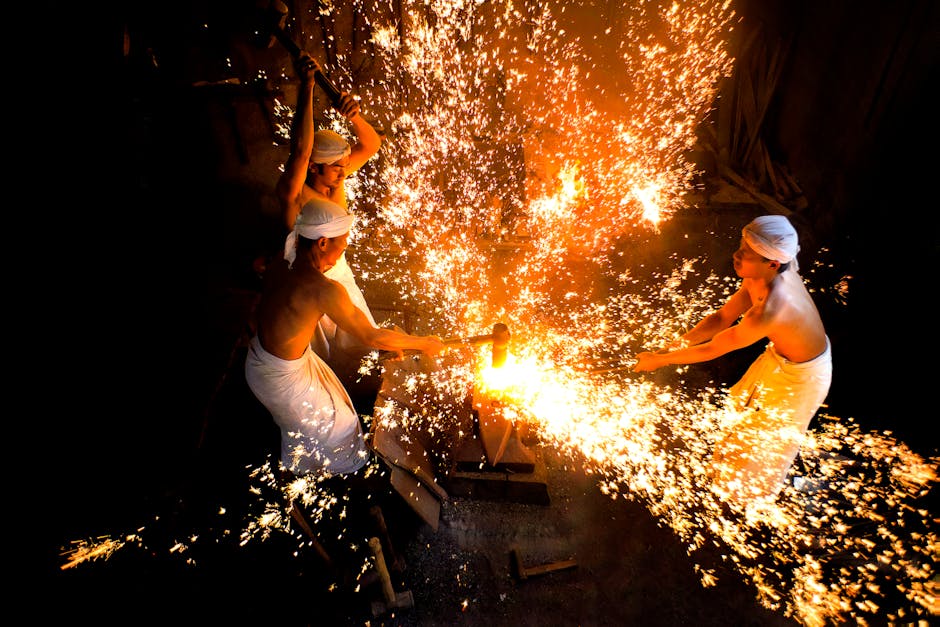Matcha and Iron Deficiency: Unveiling the Truth Behind the Buzz
The Matcha Craze: A Popular Drink with Potential Pitfalls?
Matcha, a finely ground powder of specially grown and processed green tea leaves, has taken the world by storm. Celebrated for its vibrant green hue, earthy flavor, and purported health benefits, it’s become a staple in lattes, smoothies, and even baked goods. But amidst the hype, concerns have emerged regarding its potential impact on iron levels. Does matcha cause iron deficiency? This comprehensive guide delves into the science behind this question, examining the evidence and providing a balanced perspective.
Understanding Iron and Its Importance
Iron is an essential mineral crucial for numerous bodily functions. It plays a vital role in:
- Oxygen transport: Hemoglobin, the protein in red blood cells responsible for carrying oxygen throughout the body, relies heavily on iron.
- Energy production: Iron is a key component of enzymes involved in energy metabolism.
- Immune function: Iron is essential for the proper functioning of the immune system.
- Brain development: Adequate iron levels are critical for cognitive development, particularly in infants and children.
Iron deficiency, a common nutritional deficiency worldwide, occurs when the body doesn’t have enough iron to function properly. This can lead to various health problems, ranging from fatigue and weakness to anemia (a condition characterized by a reduced number of red blood cells or hemoglobin).
Matcha’s Composition and Potential Impact on Iron Absorption
Matcha, like other green teas, contains compounds that can influence iron absorption. One key player is tannic acid, a type of polyphenol. Tannic acid binds to iron in the digestive tract, preventing its absorption into the bloodstream. This means that consuming matcha alongside iron-rich foods can potentially reduce the amount of iron your body actually utilizes.
The extent to which matcha affects iron absorption depends on several factors, including:
- The amount of matcha consumed: Higher intake of matcha correlates with greater potential for reduced iron absorption.
- The form of iron consumed: Non-heme iron (found in plant-based sources) is more susceptible to interference from tannins than heme iron (found in animal-based sources).
- The presence of other dietary factors: Vitamin C can enhance iron absorption, while phytic acid (found in grains and legumes) can inhibit it. The interplay of these factors can affect the overall impact of matcha on iron uptake.
The Evidence: Studies and Research
While the anecdotal evidence linking matcha to iron deficiency exists, concrete scientific studies directly addressing this relationship are limited. Most research focuses on the effects of tea tannins in general on iron absorption, rather than specifically on matcha. However, the findings from these broader studies can offer valuable insights.

Many studies have demonstrated that the tannins in tea can significantly reduce iron absorption, particularly when consumed with iron-rich meals. This doesn’t definitively prove that matcha causes iron deficiency, but it highlights a potential risk factor. Further research specifically examining the impact of matcha on iron status is necessary to draw definitive conclusions.
Other Factors Contributing to Iron Deficiency
It’s crucial to remember that iron deficiency is a multifaceted issue. Numerous factors can contribute to low iron levels, including:
- Dietary intake: A diet lacking in iron-rich foods is a major contributor to iron deficiency.
- Blood loss: Menstruation, internal bleeding, and other forms of blood loss can deplete iron stores.
- Malabsorption: Certain medical conditions can interfere with the body’s ability to absorb iron.
- Increased demand: Pregnancy, rapid growth, and other periods of increased physiological demand can deplete iron reserves.
Attributing iron deficiency solely to matcha consumption without considering these other significant factors would be an oversimplification.

Managing Potential Risks: Tips for Safe Matcha Consumption
If you enjoy matcha and are concerned about its potential impact on your iron levels, you can take steps to mitigate the risks:
- Consume matcha in moderation: Avoid excessive intake of matcha to minimize potential interference with iron absorption.
- Pair matcha with Vitamin C-rich foods: Including foods rich in Vitamin C (such as citrus fruits, berries, and bell peppers) with your matcha can help enhance iron absorption.
- Don’t consume matcha with iron-rich meals: Space out your matcha consumption from meals containing iron-rich foods.
- Maintain a balanced diet: Ensure your diet includes a variety of iron-rich foods from both plant and animal sources.
- Monitor your iron levels: Regular blood tests can help detect iron deficiency early on, allowing for timely intervention.
Conclusion: A Balanced Perspective on Matcha and Iron
The question of whether matcha causes iron deficiency isn’t straightforward. While matcha contains tannins that can interfere with iron absorption, this doesn’t automatically equate to causing iron deficiency. The impact depends on many factors, including the amount of matcha consumed, other dietary factors, and individual health status. A balanced diet, mindful consumption, and regular health checkups are key to maintaining optimal iron levels.

It’s important to approach health claims with a critical eye, seeking reliable scientific evidence. While matcha offers potential health benefits, it’s not a magic bullet, and individual responses can vary. If you have concerns about your iron levels or suspect iron deficiency, consult a healthcare professional for proper diagnosis and guidance.
Further Research and Resources
For more information on iron deficiency and its management, consult reputable sources such as the National Institutes of Health (NIH) and your physician.


